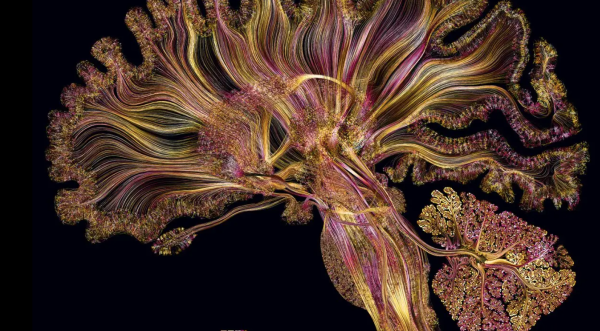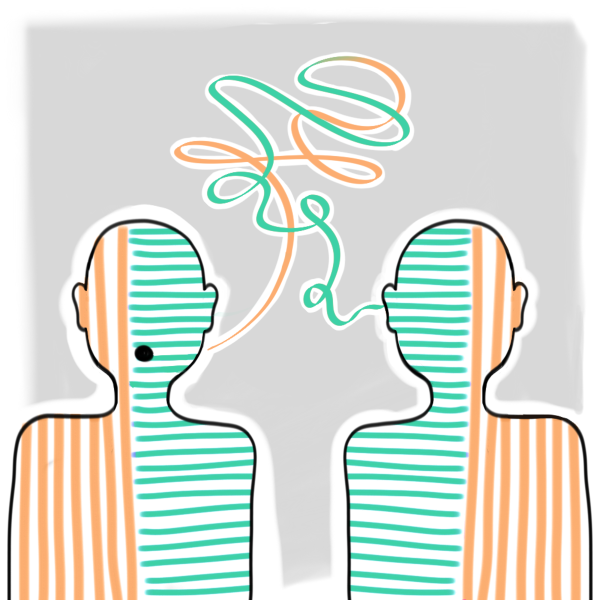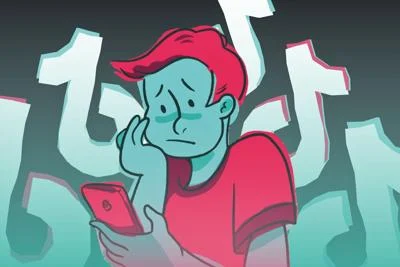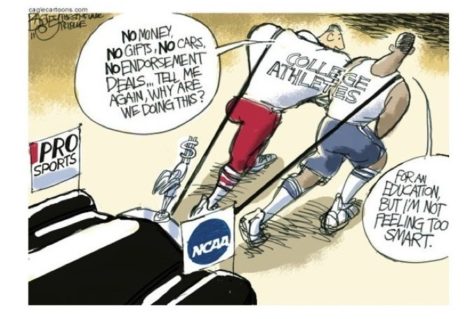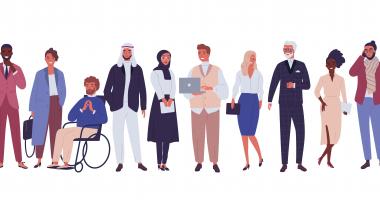Life on the Autism Spectrum

“It is never too late to expand the mind of a person on the Autism spectrum.”- Dr. Temple Grandin
When you hear the word “Autism,” what do you think? What do you picture? Some may be surprised to know that people on this spectrum could be your co-workers, neighbors, friends, and even family members who are able to adapt to situations, with practice, just like anyone else. As neuroscientists have learned more about the neurological patterns of people on this spectrum, people have slowly begun to become more understanding of the wide range of manifestations of this neurological anomaly.
Having not even been created or explored until the 20th century, the term “autism” was first created by Eugen Bleuler, a psychiatrist from Switzerland, who used the term to describe symptoms traditionally thought to be symptoms of schizophrenia. One early treatment method for those considered “autistic” was the usage of Electroconvulsive Therapy, or the usage of small electrical currents sent to the brain to create a temporary seizure. As stated on appliedbehavioranaysisprograms.com, “In 1977, Susan Folstein and Sir Michael Rutter published a study on twins in which 21 same-sex twin pairs where at least one of the twins had autism were studied… From this result, the authors concluded there is a significant hereditary component to autism.” Thus, those studying Autism and attempting to develop treatment for the mental disorder were introduced to a new scientific advancement leading them to understand there may be a degree to which Autism is “untreatable”.
As time has progressed and more research has been collected, we have begun to rethink our original definition of Autism. So you may ask… What is Autism now? Firstly, Autism is a spectrum characterized by a variety of mental, social, and emotional challenges that may vary in severity. Additionally, people on the Autistic Spectrum often have a specific set of unique strengths such as excelling in arts or sciences. Some examples of these gifted people on the spectrum include world renowned artist Andy Warhol and successful Britain’s Got Talent contestant Susan Boyle. According to cbsnews.com “On stage, Boyle says she feels “safe” and that it helps her condition. However, she struggles with behavior off-stage.” She expresses this in her interview with Britain’s Daily Mail saying, “Off stage, well, it happens lots. It always has. But I’m getting better at dealing with it because I know what it is. If I feel I’m going to take a mood swing, I get up and leave.”
However, not everyone on the spectrum has been able to find releases similar to those that Susan Boyle has found. Seeing as living on the autism spectrum also provides challenges for people in doing tasks many would regard as “simple” or “easy,” this can cause further challenges for people attempting to discover ways to better understand and express themselves, while living on the spectrum. For example, Danny on autism.org describes his experience: “I remember me saying words in a different way and my family and their close friends thinking that this was ‘cute.’ However, my mum was very clear that I should use ‘normal words’ so that I wouldn’t draw attention to myself.” In this quote, Danny demonstrates the struggles in people’s understanding of him, even within his own family, and communicating with people around him.
If you were to get anything out of this article, I would hope it is that every case of someone on the autism spectrum is unique. It is truly a spectrum and no two people living with it are the same. They face different challenges and have different unique strengths that help guide them through life. As said in a poem by Benjamin, a child on the autism spectrum, “I am odd, I am new. I understand now that so are you… I try to fit in. I hope that someday I do. I am odd, I am new.”

Hi, my name is Maya Gincherman and I'm currently a Senior. This year I am incredibly excited to serve as one of the Co-Editors-In-Chief to Wildezine! I...



